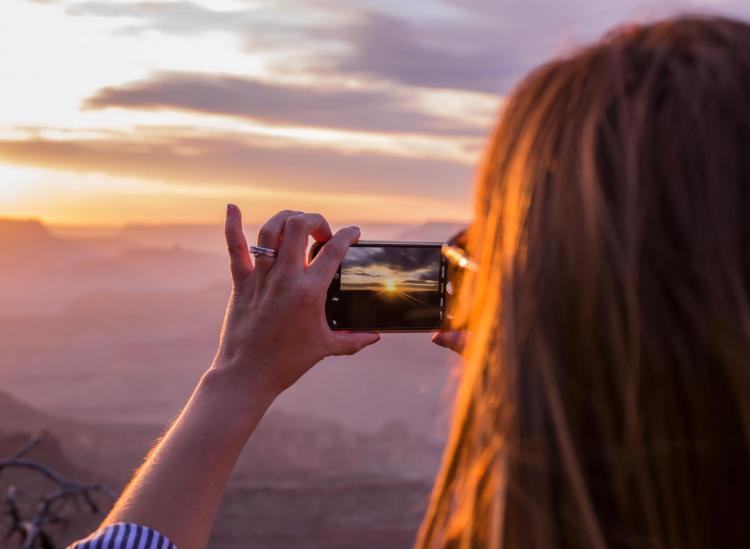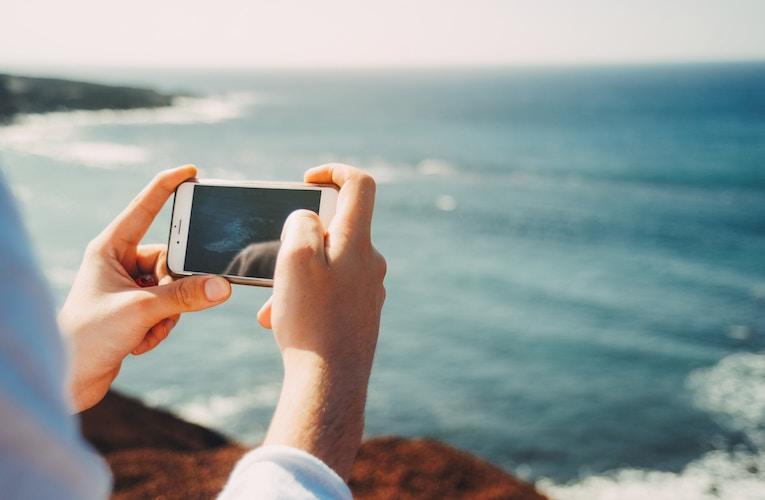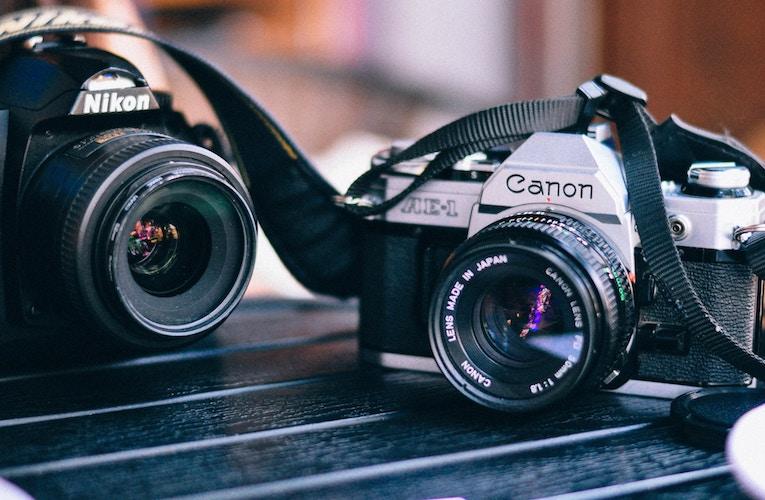3 Fool-Proof Ways To Back Up Your Precious Travel Photos

Unsplash/Dayne Topkin
The last thing you want to worry about during your vacation is losing the photos you take on your trip. But there are tools you can use to ensure your photography is preserved and safe while you’re exploring the world (and after you get home).
For those traveling with computers, you’re all set. All you need to do is upload your photos from your phone or camera. You already have one backup in place. But for anyone traveling without a computer, things are a little trickier. Here’s what you need to know.
1. Automatic Phone Photo Backup

Unsplash/Jan Boke
iCloud: The photo service on your iPhone allows you to set your phone up to always upload photos to iCloud, but there are limits. If you delete a photo from your phone, it also gets deleted on iCloud. So this is best for emergency storage situations, rather than for post-trip photo storage.
Google Photo: Google’s photo backup service automatically saves your photos to the Cloud. There are even editing tools within the phone app. And yes, iPhone owners can use this one too.
2. Cameras With And Without WiFi

Unsplash/Rosalind Chang
Cameras With WiFi: Newer cameras are likely to come with the ability to connect to WiFi, or even a tiny hotspot within the camera (similar to a phone hotspot). Got one of these ultra-convenient cameras? Back up your photos at the end of each day by sending them to a phone or tablet.
Cameras Without WiFi: If your camera doesn’t connect to WiFi itself, you can buy a memory card that connects to the internet. SD Cards, like Toshiba’s FlashAir and Eyefi’s mobiPro, allow you to send photos from your DSLR to your phone while on the road via hotspot-like technology.
3. Storing Your Photos At Home

Unsplash/Felix Russel Saw
Even when your photos are already on your computer, it’s a good idea to take an additional safety step. These are your precious travel memories, after all. We suggest putting physical copies on an external portable drive and/or getting all your photos onto the Cloud through a service such as Google Drive or Dropbox.
RELATED
Here’s Your Guide To Instagramming Food Like A Pro
How To Take Great Travel Photos (Even If You Hate Being In Front Of The Camera)
These Entries In Nat Geo’s Nature Photographer Of The Year Contest Are Stunning











